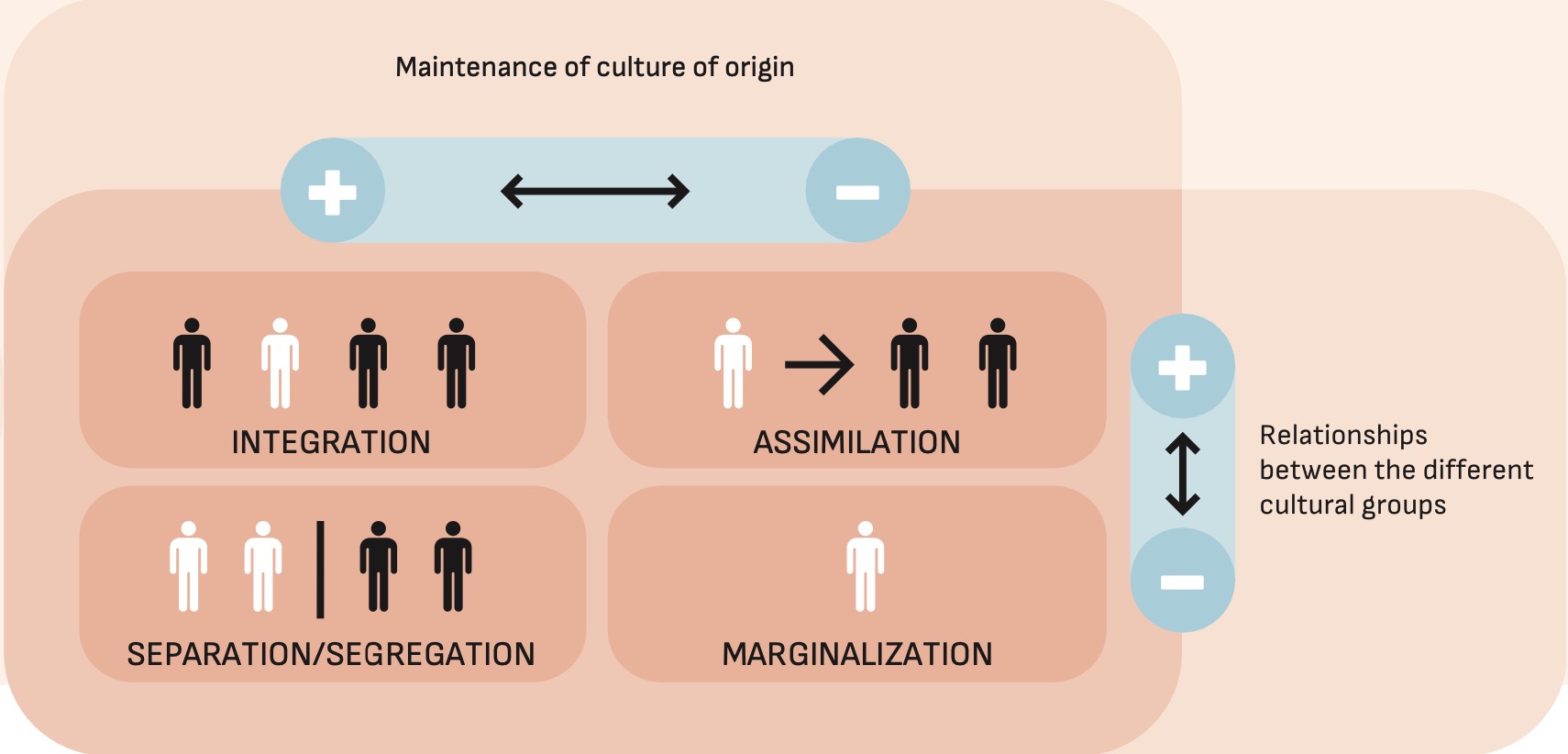1
Racism and ethnic discrimination
Racism and ethnic discrimination
Teave
The aim of this section is to introduce the basic vocabulary and concepts in the fields of ‘race’ and racism, and ethnicity and ethnic discrimination. After completing this section, you will:
• be able to define basic terms for the categorisation of people into groups that leads to ethnic discrimination and racism;
• understand the importance of power in establishing and perpetuating racism;
• understand personal limitations and advantages for addressing issues of ethnic discrimination and racism.
Resources
Get activity badge
Racism and ethnic discrimination Get this badge
The badge holder knows what leads to ethnic discrimination and racism, understands the importance of power in establishing and sustaining racism, and understands the personal limits and strengths of addressing issues of ethnic discrimination and racism.
Märgi saamiseks tuleb lõpetada 1 ülesanne
Ülesanded
Task no.1
Evidence verified by: one activity organiser
As proof, please write in your answer that you have completed the quiz.
Task no.2
Evidence verified by: one activity organiser
The figure shows 4 different combinations of preserving one's culture and adapting to the host society. All these processes are always two-sided. Both the dominant culture and the ethnic minority participate in the intercultural space and adopt the posture that suits them best. Both groups should adapt and change. But unfortunately, power is not evenly distributed between the groups, which brings its own dynamics to each society.

Which of the following do you think youth workers should aspire to and promote, and why?
Task no.3
Evidence verified by: one activity organiser
An ethnic community identifies itself, or is identified by others, as a group of people linked by a common culture and other factors such as language, shared history, cohesion and religion.
Ethnic discrimination is different and usually worse treatment of a person from a particular ethnic group, based on ethnic origin. Discrimination occurs in all areas, including schooling, finding housing, finding a job and then at work, accessing services, including healthcare. As a result of discrimination, persons belonging to ethnic minorities suffer from multiple consequences, including poverty, poorer health, lower education and substandard living conditions. All this is accompanied by a low level of participation in decision-making processes at local and national levels.
Do you know someone from an ethnic minority? How do you talk to young people about ethnic discrimination?
Skills
#Encouraging young people to reflect and exchange ideas regarding issues such as solidarity, social justice, promoting/protecting human rights, discrimination, dignity and equality
ETS-TR
#Avoids using methods which implicitly reinforce stereotypes and discrimination
#Applying non-formal learning principles in programme design with emphasis on youth-centeredness, transparency, democratic values, participation, empowerment, and social transformation
ESCO
#advocate for human rights
ESCO
#advocate social relationships
ESCO
#arrange youth activities
ETS-TR
#Adopts appropriate behaviour that respects ethical boundaries within a given group of learners
ESCO
#arrange youth programmes
Organiseerijad
Forum za enakopraven razvoj
Vaheta keelt:

